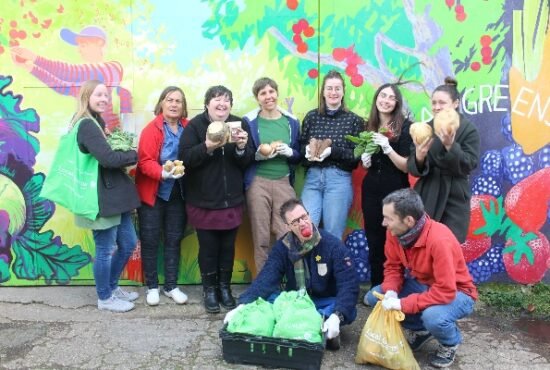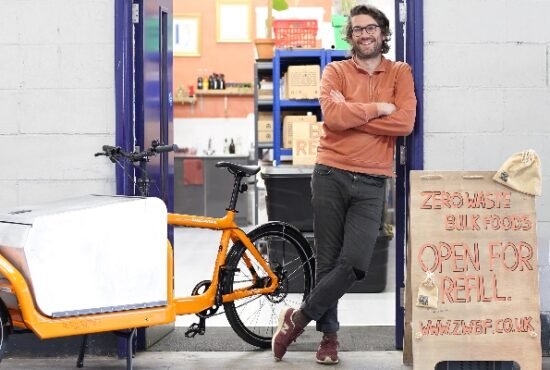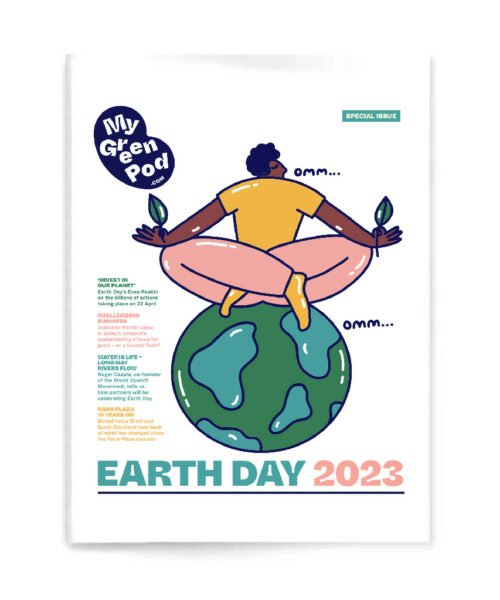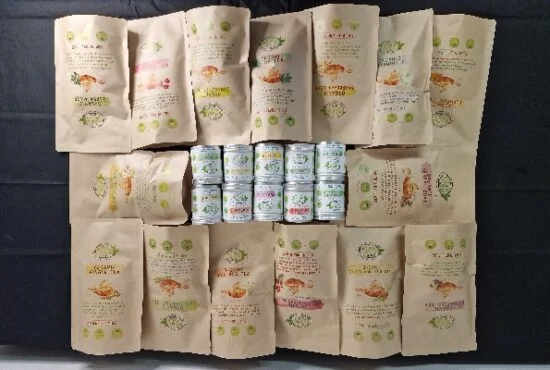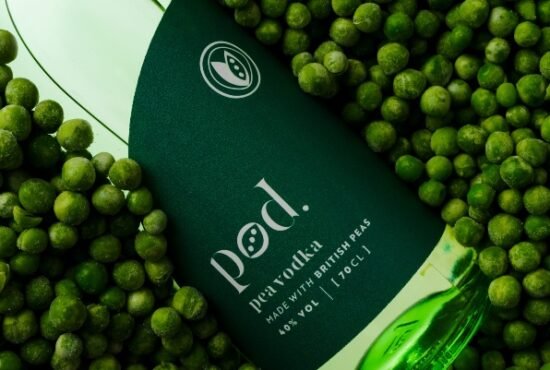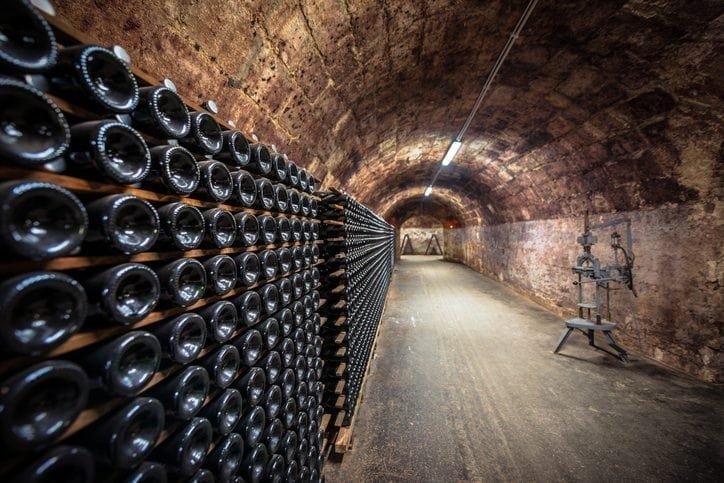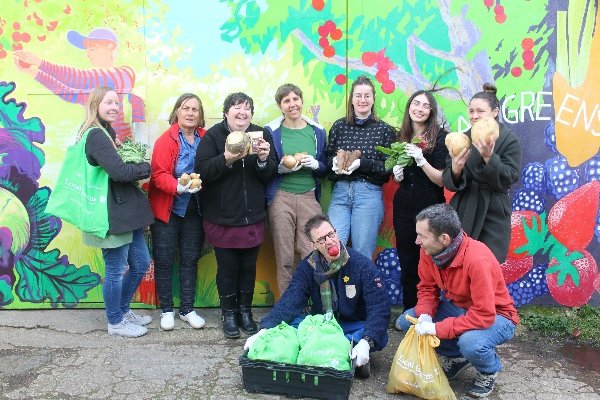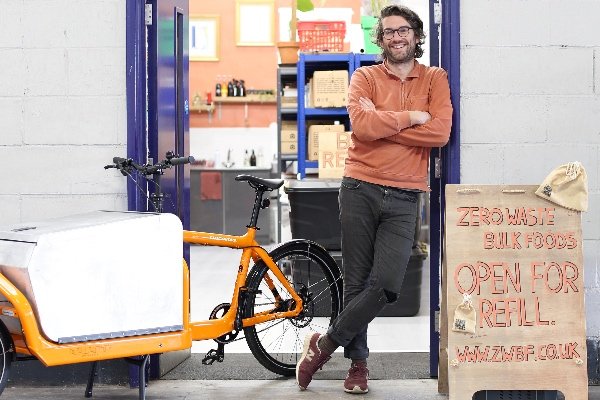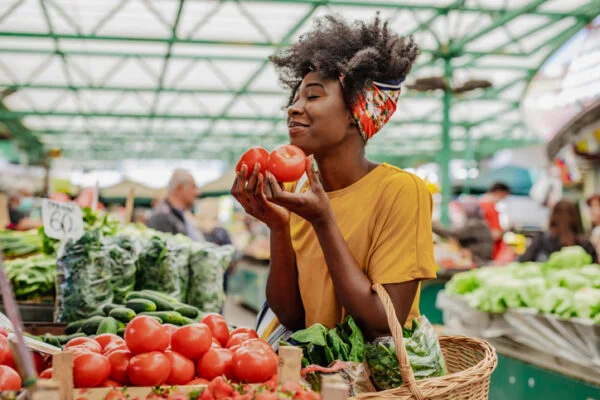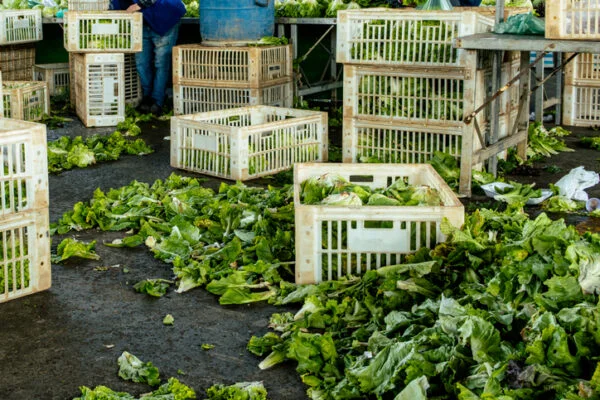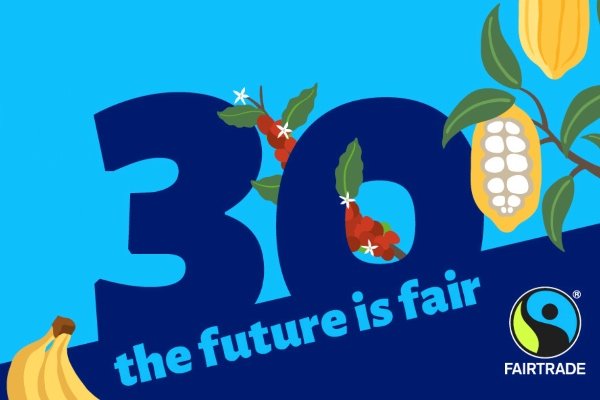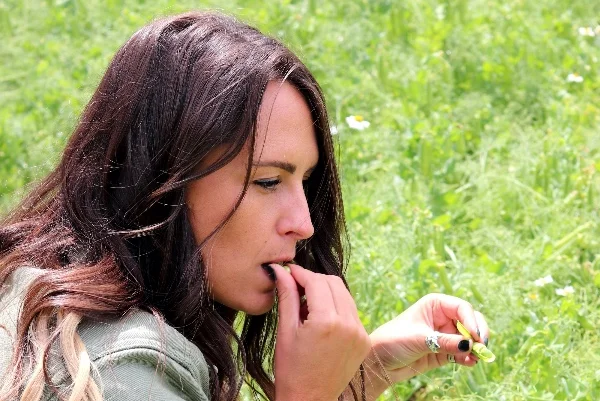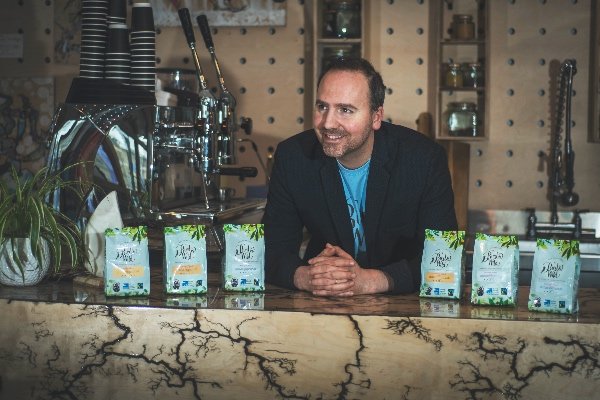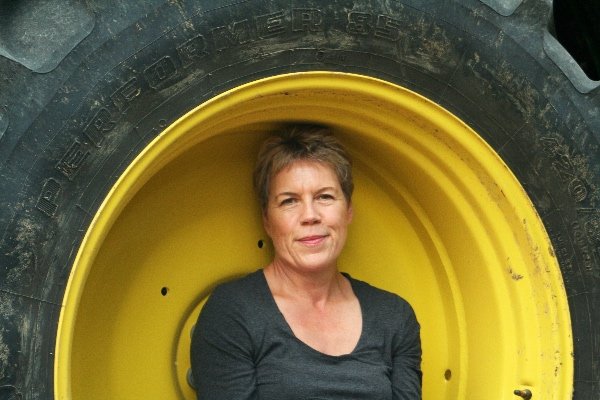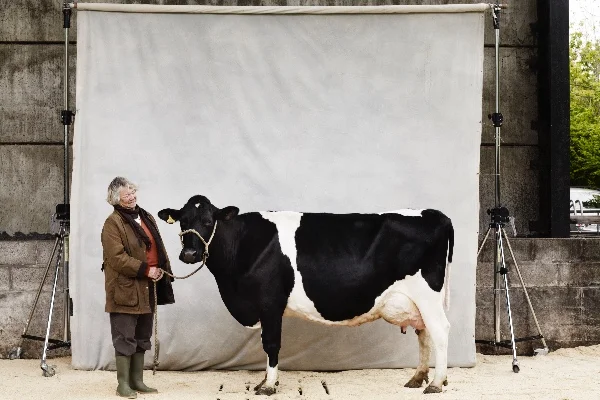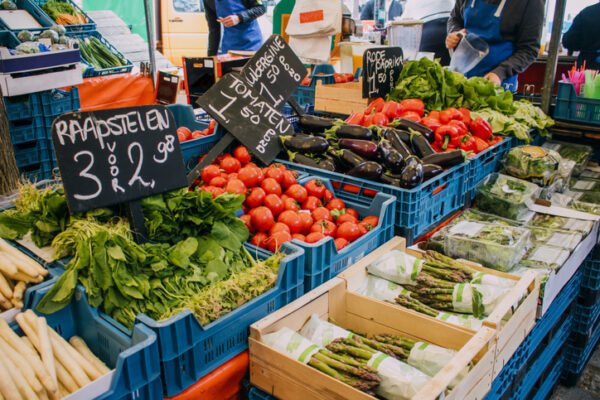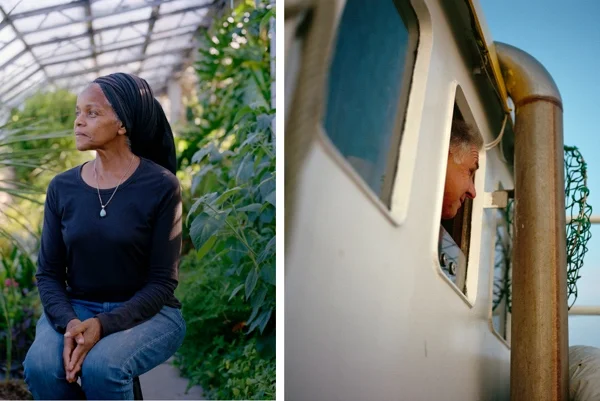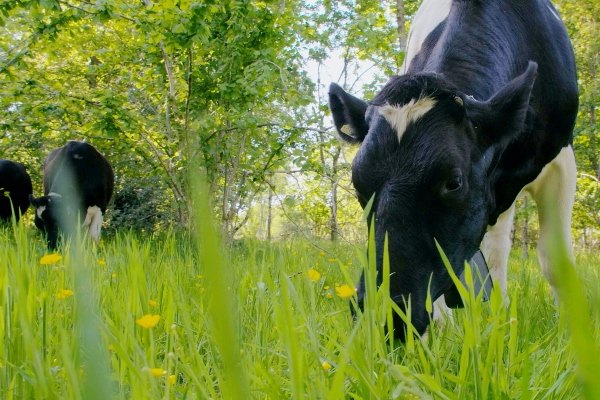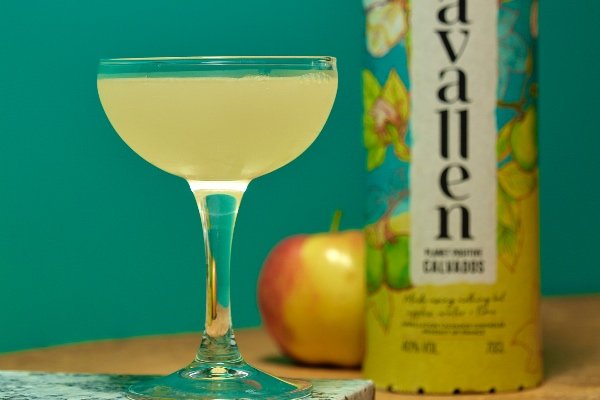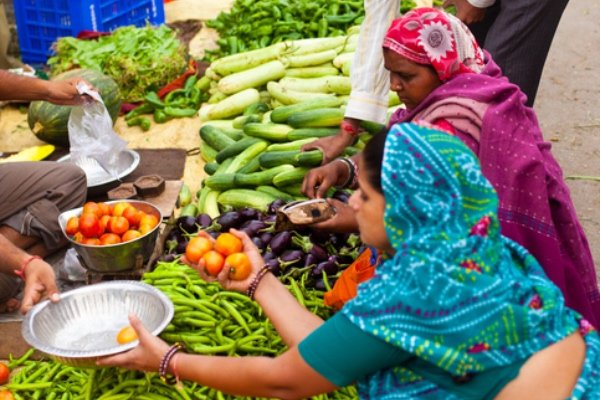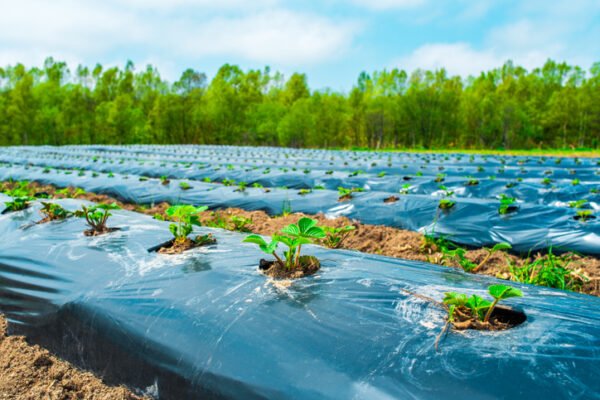Producers and threats
Below are the main threats to the world’s biggest wine producers.
Italy: 4.9 billion litres (2016, Organisation Internationale de la Vigne et du Vin/OIV)) – Hail, frost, earthquake
France: 4.2 billion litres (2016, OIV) – Frost, hail, storm
Spain: 3.8 billion litres (2016, OIV) – Hail (Northwest), frost, heat
USA: 2.25 billion litres (2016, OIV) – Frost, earthquake, storm
Australia: 1.25 billion litres (2016, OIV) – Frost, storm, hail, bushfire
Earthquakes
Earthquakes can knock out the infrastructure of entire wine regions for a number of years. In the past years, earthquakes struck Chile, New Zealand and the USA, among other smaller events causing damage around the world.
Over 125 million litres of wine were lost in Chile in 2010, mainly due to the failure of steel tanks. ‘Earthquake-resistant design could have saved many millions of litres’, Daniell says. Earthquakes also cause large losses to buildings, tanks, barrels, equipment and chemicals.
Even small earthquakes don’t only cause financial loss but also historical loss by destroying tasting rooms and rare wine collections. A few dollars investment in stabilisation mechanisms, such as quake wax, zip ties or bolts, can often save millions of dollars’ loss.
Climate change
Global climate change will have both positive and negative effects on wine industry, according to the study. Researchers expect a general shift of wine-growing regions southward and northward, while some wine regions closer to the equator may be lost. Many wines may indeed improve.
‘The English, Canadian, and Northern China wine regions will likely increase production markedly and continue to improve their market share and quality of production’, predicts Dr Daniell.
The scientists expect that many wineries will master climate changes by changing grape varieties or harvest times. In addition, they will profit from new grape strains, innovative technologies to optimise production and reduce damage due to biological pathogens and insects and new methods to overcome extreme weather events.
Bushfires, floods and volcanoes
The study also covers problems such as bushfires causing smoke taint to vines. However, smaller-scale studies are required before the results can be included globally in the index. In addition, the effects of floods on vines are being explored. Nevertheless, a major volcanic eruption would likely cause the largest global impact to the wine industry, examples being the Laki eruption of 1783/84 or the Tambora eruption in 1815 which caused the famous ‘year without a summer’ in 1816.
Atmospheric changes, lack of sunlight and global transport problems could cause major issues not only for the wine industry, though other food security issues would likely be more important.
Click here for more about the KIT Climate and Environment Center.
 Play Video about This Rock Might Just Save The World
Play Video about This Rock Might Just Save The World Play Video about Play 2 hours of rock
Play Video about Play 2 hours of rock Play Video about Play 2 hours of brook
Play Video about Play 2 hours of brook Play Video about Play 2 hours of sheep
Play Video about Play 2 hours of sheep
